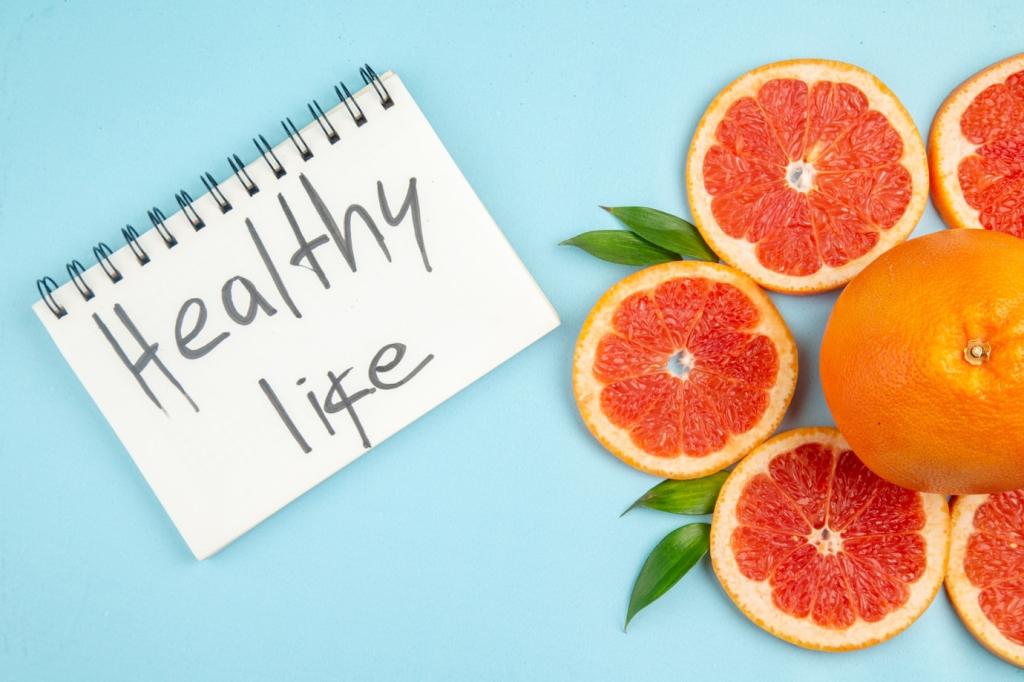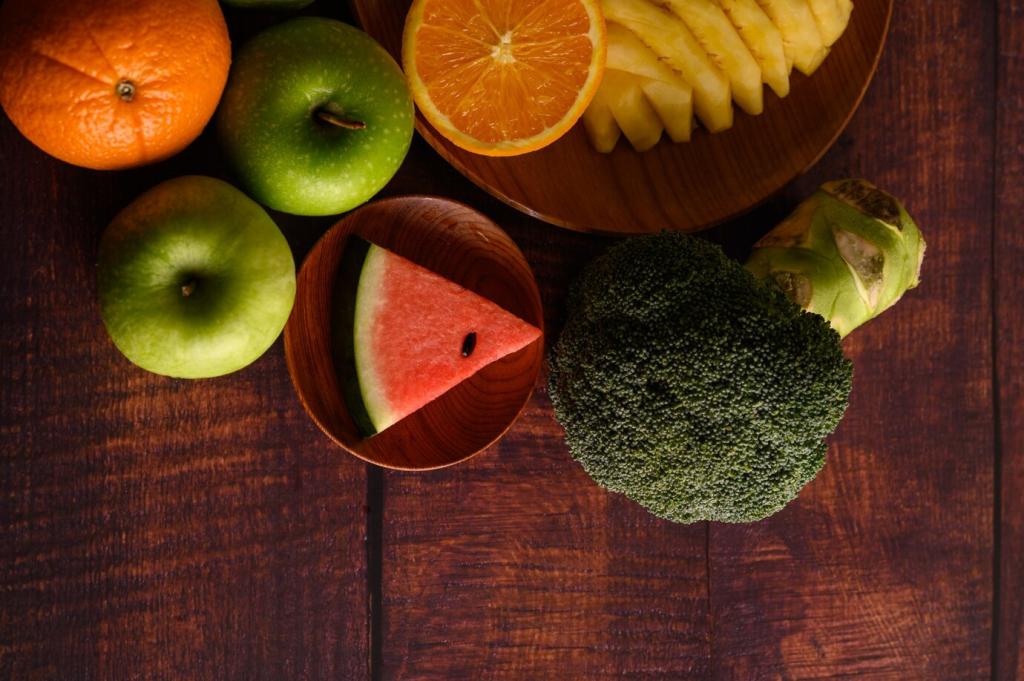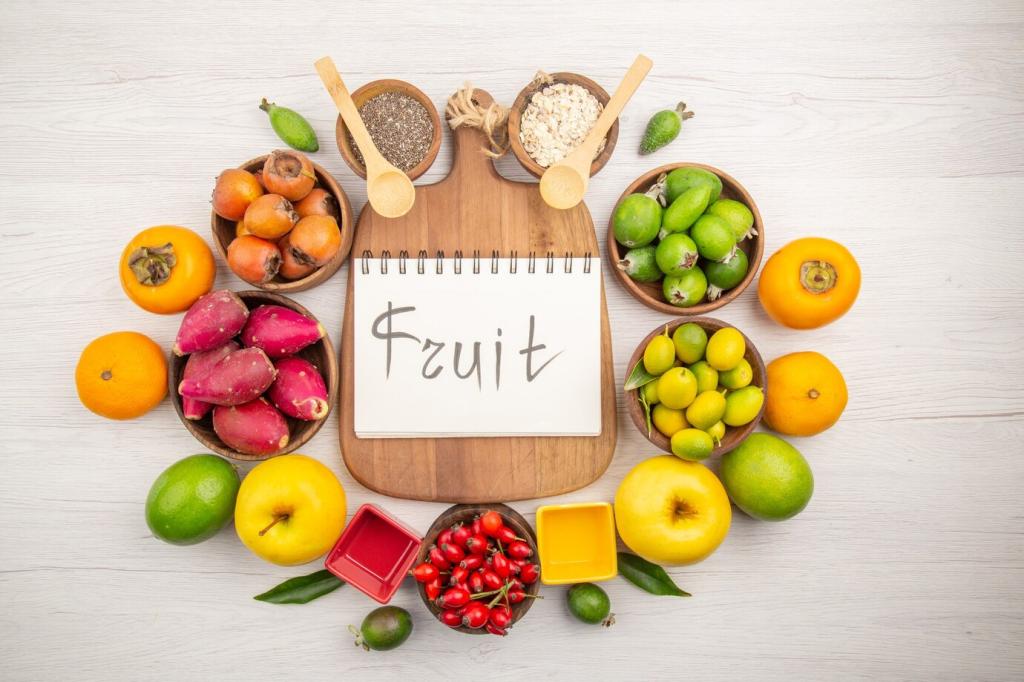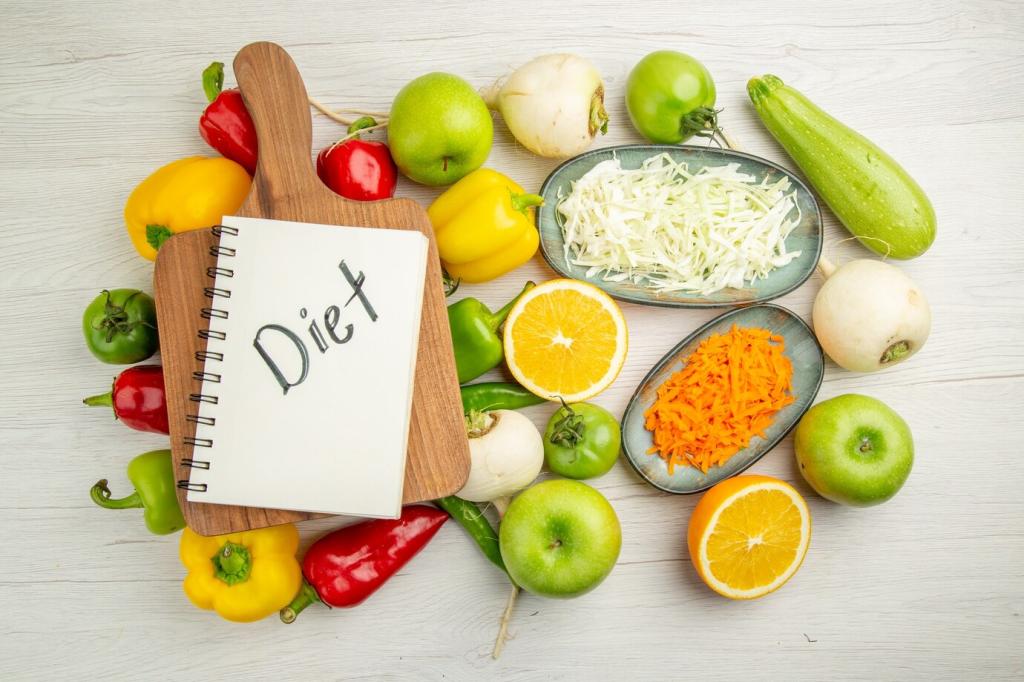Comfort Food with Compassion, Not Rules
Labeling foods “bad” increases stress and rebound eating. Choose language like “comfort dose” and savor it seated, without multitasking. Compassion defuses urgency, letting satisfaction land. What phrase helps you keep balance? Share your words—language shapes choices more than we realize.
Comfort Food with Compassion, Not Rules
Keep the flavor and memories, adjust texture or portion: add roasted veggies to mac and cheese, use broth-forward soups, or pair pizza with a crisp salad. The goal is comfort plus steadiness. Post your go-to twist so others can celebrate it too.





